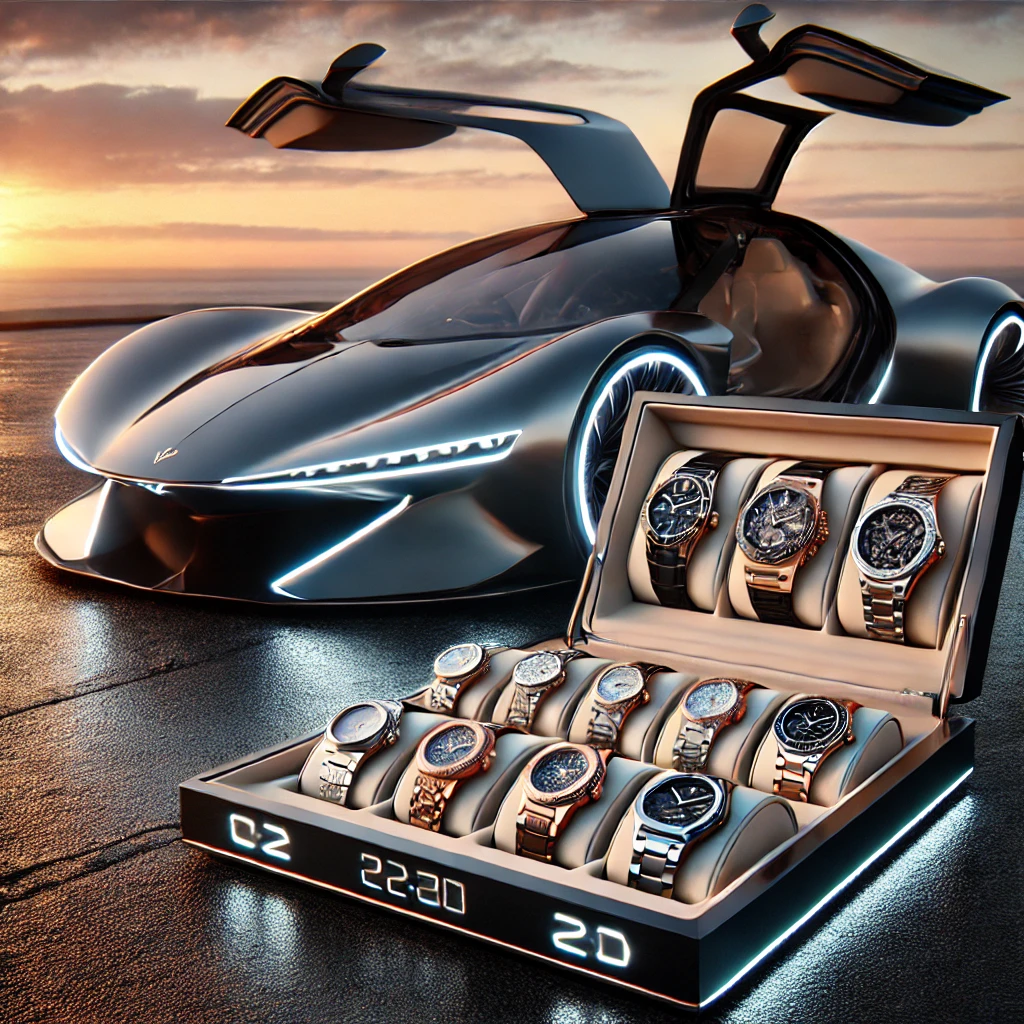
What are the latest trends in luxury watches?
In recent years, the luxury watch industry has seen a remarkable evolution, driven by a blend of technological innovation, changing consumer preferences, and a renewed appreciation for craftsmanship. One of the most significant trends is the rise of smartwatches that seamlessly integrate with traditional luxury timepieces. While purists may have initially viewed smartwatches as a threat, many luxury brands have begun to embrace hybrid models that combine traditional aesthetics with modern technology, allowing wearers to experience the best of both worlds.
Sustainability is another key focus, as consumers become increasingly conscious of environmental and ethical considerations. Luxury watchmakers are exploring eco-friendly materials and sustainable production practices. Brands are incorporating recycled metals, ethically sourced gemstones, and innovative materials like bio-sourced plastics into their designs. This shift not only appeals to environmentally aware consumers but also reflects a broader trend in the luxury sector toward transparency in sourcing and manufacturing.
The resurgence of vintage and heritage styles has captured the attention of collectors and enthusiasts alike. Many luxury brands are reissuing classic models or drawing inspiration from their historical designs. This trend emphasizes the timelessness of certain aesthetics while appealing to nostalgia, enabling new generations to appreciate the craftsmanship and history behind iconic timepieces. Additionally, the popularity of vintage watches has spurred a thriving secondary market, where collectors are willing to pay a premium for rare and sought-after models.
Customization and personalization are gaining traction as consumers seek unique expressions of their individuality. Many luxury watch brands now offer bespoke services that allow clients to tailor everything from materials to complications. This level of personalization enhances the emotional connection between the wearer and the watch, transforming it into a cherished, one-of-a-kind piece rather than just a status symbol.
Furthermore, the influence of social media and digital platforms cannot be overlooked. Brands are increasingly leveraging these channels to engage with younger audiences, showcasing their craftsmanship and heritage through visually captivating content. Influencers and watch enthusiasts share their collections online, creating vibrant communities that foster a deeper appreciation for horology. This digital engagement has also led to a surge in popularity for limited editions and exclusive releases, as collectors compete for access to unique pieces.
Finally, the integration of advanced materials and watchmaking techniques continues to push the boundaries of what luxury watches can achieve. Innovations such as ceramic, carbon composites, and even graphene are becoming more prevalent, enhancing durability and functionality without compromising on aesthetics. Brands are also experimenting with new movements and complications, offering features that appeal to both seasoned collectors and newcomers to the world of horology.
As the luxury watch market continues to evolve, these trends reflect a dynamic interplay between tradition and innovation, where heritage meets modernity, and where craftsmanship is celebrated alongside technological advancements. The future of luxury watches is not just about telling time; it's about telling a story, forging connections, and creating lasting legacies.













